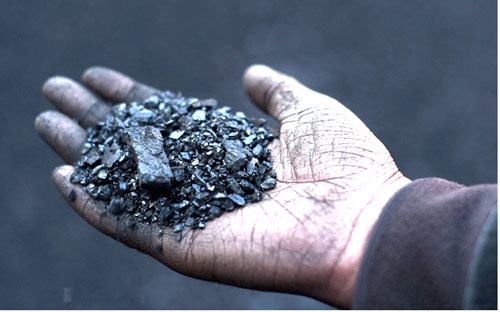Kabul markets are being poured with tons of coal as the winter cold in the country sets in.
Even as prices rise, Afghans have few options but to burn it for heat, creating some of the world’s most dangerous air.
“Pollution causes serious respiratory diseases … All Afghans know what coal does,” customer Amanullah Daudzai, dressed in a traditional beige shalwar kameez, tells the AFP news agency.
More than three months after the Taliban stormed to power after the collapse of the Western-backed government, Afghanistan’s economy is facing collapse as the country is cut off from the international financial institutions.
The freezing of more than $9bn in Afghan assets by the US has further worsened the banking crisis.
In such desperate conditions, Daudzai says coal is still cheaper than the alternatives. “If we had electricity and gas, people wouldn’t use coal,” says one of the market traders, Abdullah Rahimi.
It is a long way from this month’s COP26 climate summit in Glasgow, Scotland, where nearly 200 nations signed a deal to try to halt runaway global warming, naming coal use among the main culprits.
Afghanistan, one of the world’s poorest countries, remains a relatively modest polluter. In 2018, the average Afghan caused 0.2 tonnes of carbon dioxide emissions, compared with about 15 from the average American, World Bank figures show.
Nevertheless, Kabul is often ranked in the top 10 worst cities for pollution globally. Every winter the air in the capital, located at an altitude of 1,800 metres (5,900 feet), becomes toxic, filled with smoke from domestic heaters burning coal, wood and any other waste that can be burned, from household rubbish to car tyres.
From the surrounding mountains, the thick cloud of smog that covers the basin where at least five million people live can clearly be seen.
“Global warming is a problem for the whole world. We are aware of it here,” says Daudzai. “It’s getting hotter and hotter, we don’t get snow every winter like we used to.”










